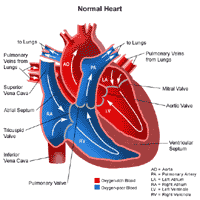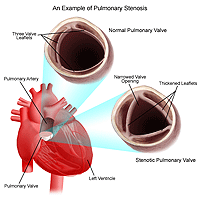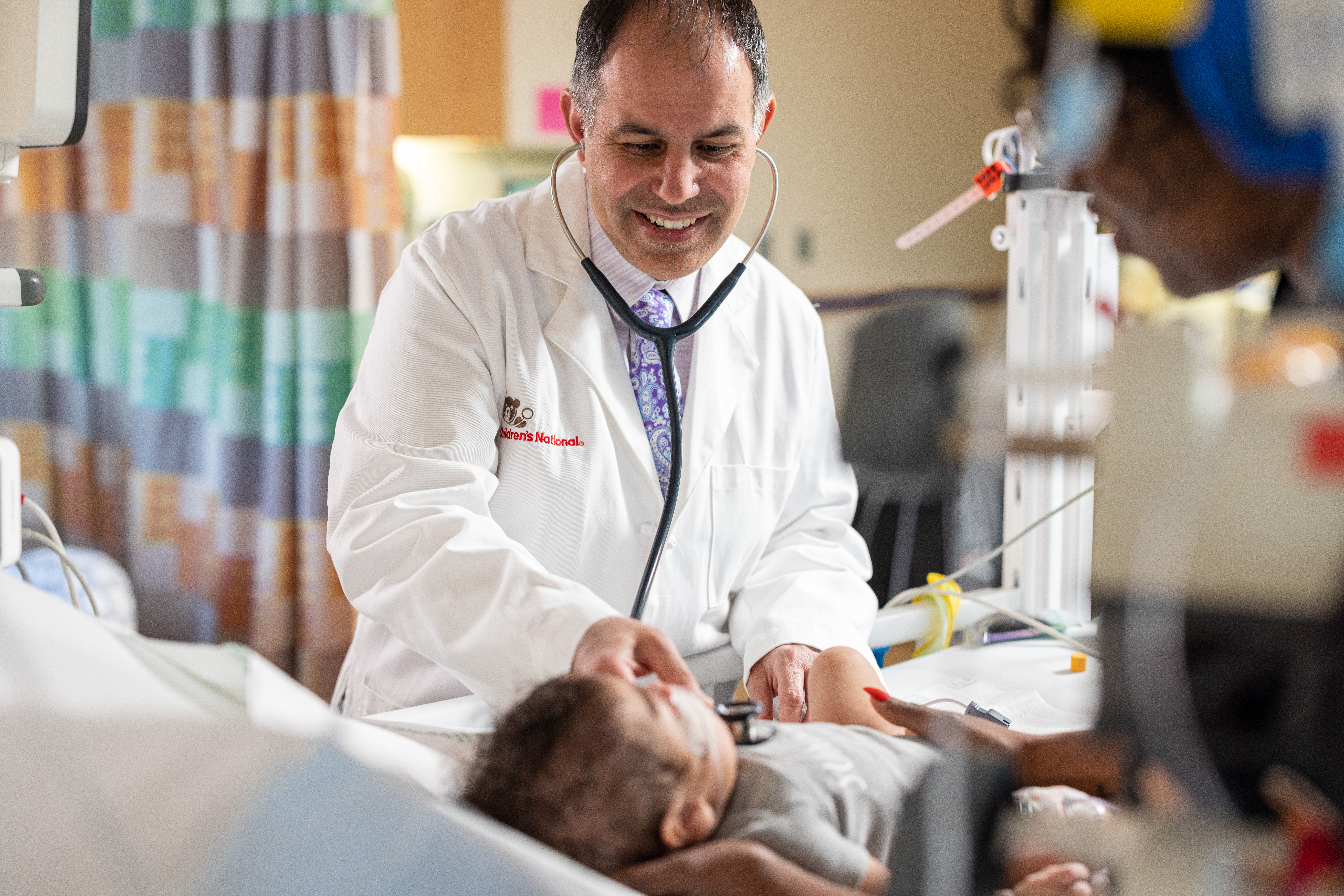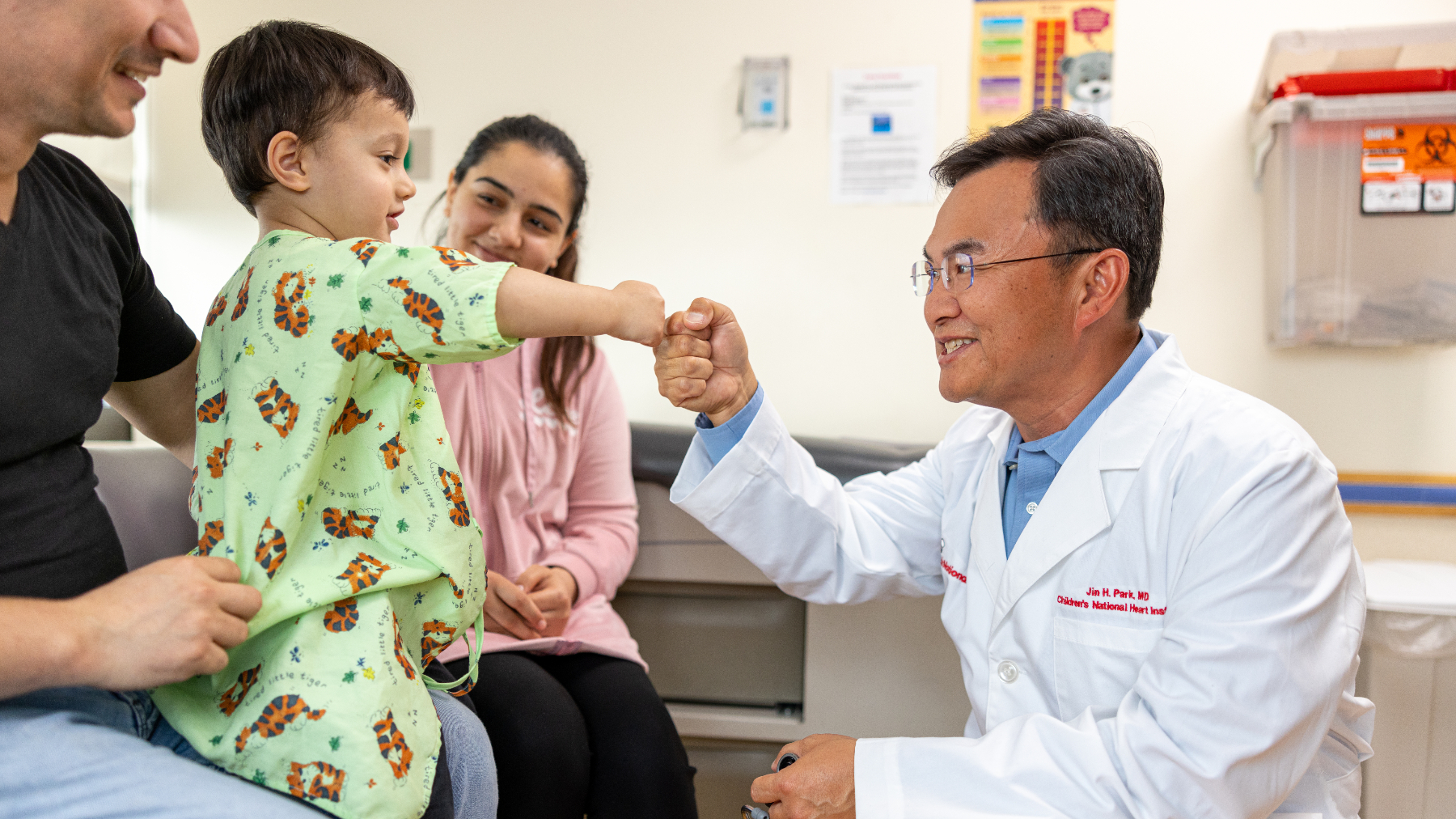Condition
Pediatric Pulmonary Stenosis
What You Need to Know
Pulmonary stenosis is a birth defect of the heart that makes it hard for the blood to flow from the right ventricle to the lungs.
Key Symptoms
Diagnosis
Treatment
Schedule an Appointment
Our pediatric specialists provide personalized care for your child’s physical, mental and emotional health needs. Meet our providers and schedule an appointment today.
Frequently Asked Questions
What is pulmonary stenosis?
What causes pulmonary stenosis in children?
What are possible complications of pulmonary stenosis in a child?
What are the symptoms of pulmonary stenosis in children?
How is pulmonary stenosis diagnosed in children?
What is the treatment for pulmonary stenosis in children?
How can I help my child live with pulmonary stenosis?
What is the long-term outlook after pulmonary stenosis repair in children?
Meet the Providers Who Treat Pulmonary Stenosis
Sophia's Story
During a routine 20-week prenatal ultrasound, Carol Kando-Pineda's obstetrician in Fredericksburg, Virginia, spotted abnormalities in Carol's unborn child that she referred to as "possibly inconsistent with life."
Departments that Treat Pulmonary Stenosis

Cardiac Imaging
We have expertise in the full spectrum of cardiac imaging, including transesophageal, prenatal, 3-D, intracardiac, and stress echocardiography and cardiac MRI.

Help Kids and Make a Difference
Invest in future cures for some of life's most devastating diseases. Give today to help more children grow up stronger.















